Fall is fast approaching, which means fall festivities and cozy weather, but unfortunately it also brings daylight savings time on November 5th 2023. For people who experience seasonal affective disorder (SAD), also known as seasonal depression, this can be a difficult time of year. Symptoms of seasonal depression include fatigue, loss of interest in pleasurable activities, and intense sadness. It is not an uncommon circumstance, so if you experience this, you are far from alone. Luckily, there are things you can do to mitigate the intensity of your symptoms.
Tips for Mitigating Symptoms of Seasonal Depression
Utilize light therapy
While there is no definitive cause of SAD, diminished sunlight is thought to be a major contributor. Light boxes are designed to deliver bright light, simulating sunlight, to treat symptoms of SAD. You cannot use just any light, it needs to provide 10,000 lux of light and produce as little UV as possible. There are specific guidelines to using the lightbox delineating the best time of day and exposure times, so be sure to do your research before trying this method.
Get outdoors
Spending time outdoors functions similarly to the lightbox, in that the goal is to maximize exposure to natural light. It is even better if you can do something active outdoors like taking a walk to provide a boost of endorphins. If that does not feel feasible, sitting outside and getting some sunlight and fresh air is a great approach too.
Practice meditation
When most people hear about meditation, it generates a mental image of someone sitting in a lotus pose humming “omm”. While this is a valid approach to meditation, it is not the only option. Walking in nature while focusing on your breathing and intentionally taking in your surroundings is one form of meditation. Dynamic meditation is another great option for those who get restless trying to sit still because it uses physical movement as meditation. Research suggests coloring in a structured, symmetrical pattern facilitates a meditative state and soothes anxiety so coloring mandalas is another option for meditation. This is not an exhaustive overview of types of meditation, so if these do not resonate, consider these alternative forms of meditation to find one that works for you.
Stay socially connected
As with any type of depression, isolating only adds fuel to the fire. Ensuring that some of your close contacts understand that you are depressed or that you anticipate having a hard time once winter comes is a great first step. You can also consider asking them to check on you with increased frequency, help you run errands or do chores, take regular walks with you, or whatever else feels helpful when you are depressed. Socializing does not have to mean anything big or fancy, even a quick call with a friend is better than complete isolation.
Try therapy
If your symptoms persist or worsen, it is important to seek professional help. A mental health provider can offer therapeutic interventions such as talk therapy or medication. Common types of therapy for depression include Cognitive Behavioral Therapy (CBT), Psychodynamic therapy, and Mindfulness-Based Cognitive therapy. In fact, CBT has been adapted specifically for SAD as well. Not every therapy will work for every person, but there are multiple approaches available to treat SAD.
Takeaway
Educating yourself on methods to prevent and mitigate symptoms of seasonal affective disorder is an important first step that you have already taken by reading this article. You can navigate the darkness of winter successfully by embracing preventive measures and taking advantage of the resources around you like community and professional support.




































